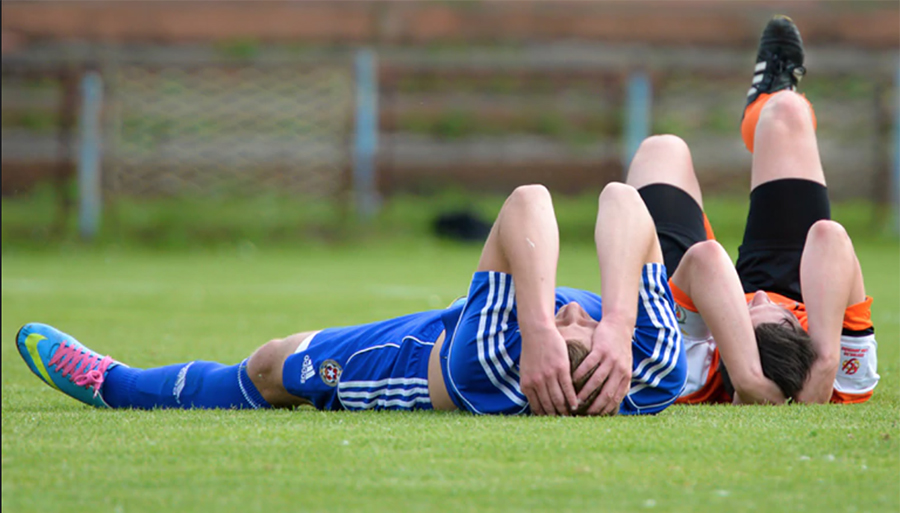Since 2005, Wellington Hsu, MD, FAAOS, professor of orthopedics at Northwestern University’s Feinberg School of Medicine and senior author of the study, “The Incidence of Reported Concussions Sustained by High School Athletes Continues to Increase,” has collected annual reports generated by the High School Reporting Information Online (RIO) surveillance system. Hsu and his team extracted injury data from 100 high schools across the United States for nine sports: football, soccer, basketball, wrestling and baseball for boys; soccer, basketball, volleyball and softball for girls. The data included detailed information on each player (sport, age, year in school), the athlete’s injury (diagnosis, severity and return to play), the mechanism of injury, and the situation that lead to the injury.
Approximately 300,000 kids suffer concussions, or mild TBIs, each year while participating in high school sports. As they have less cognitive reserve (a resistance to brain damage) than adults, a concussion may cause a greater risk for more severe symptoms including headaches, memory loss, confusion and dizziness, and prolonged recovery.
“It’s understandable to think that with increased awareness among practitioners who diagnose concussions, the incidence would naturally rise; however, because we’ve studied and reported on concussions for a number of years now, I feel that enough time has passed and I would have expected to see the numbers start to level out,” said Dr. Hsu. “What we found was that the overall average proportion of concussions (total estimated concussions proportionate to all other injuries for a particular sport) reported annually in all sports increased significantly, as did the overall rate of concussions (the number of concussions per 10,000 athlete exposures).”
Not only did girls soccer players continue to have a higher proportion of concussions compared to boys football players (29.8 percent versus 25.2 percent, respectively), but girls volleyball demonstrated the largest increase in number, proportion and rate of concussions (+64.3 percent, p=0.022) compared with all other sports in the study.
“Since volleyball is generally considered a ‘low risk’ sport for concussions, this was an unexpected discovery compared to what we saw three years ago,” said Dr. Hsu. “The jump in both girls soccer and volleyball is likely due to increased participation in sports and concussion awareness.”
The research also demonstrated:
- Between academic years 2015/17, the overall average proportion of concussions reported annually increased significantly compared with academic years 2010/14 at 1.012 fold, as did the overall rate at 1.101 fold;
- Despite a 3.2 percent decrease of participation in boys football, the proportion of concussions increased 1.045 fold, and the rate increased 1.110 fold from 2010/14 to 2015/17;
- Girls’ soccer saw a 4.3 percent increase in participation and demonstrated a significant increase in average annual proportion (1.095 fold) and rate (1.210 fold) of concussions during the academic years 2015/17 compared with 2010/14; and
- In gender matched sports, girls continued to experience a significantly higher concussion rate than boys.
Dr. Hsu plans to continue his research and is hopeful that the collective findings will lead to the stronger implementation of targeted preventative measures such as rule changes, protective headgear and contact avoidance.
















